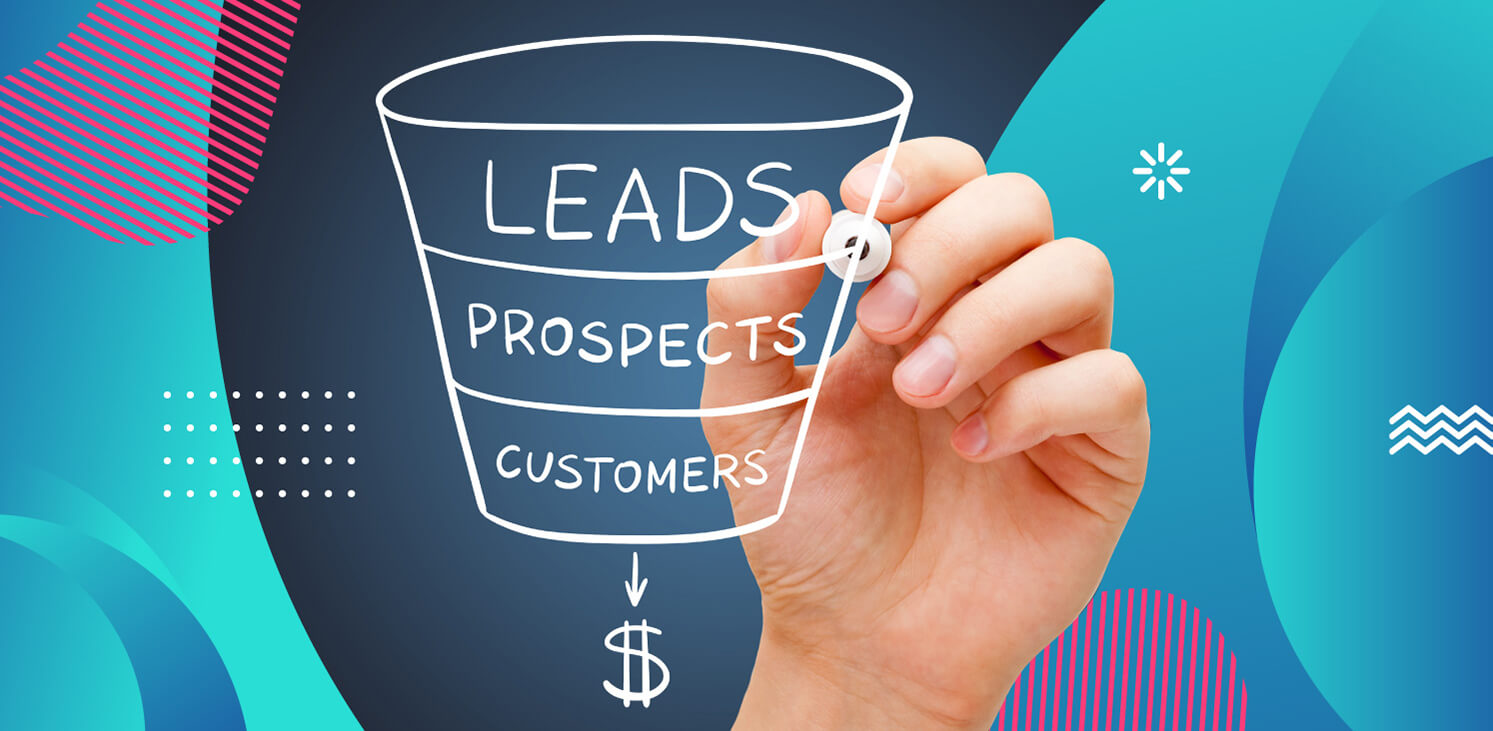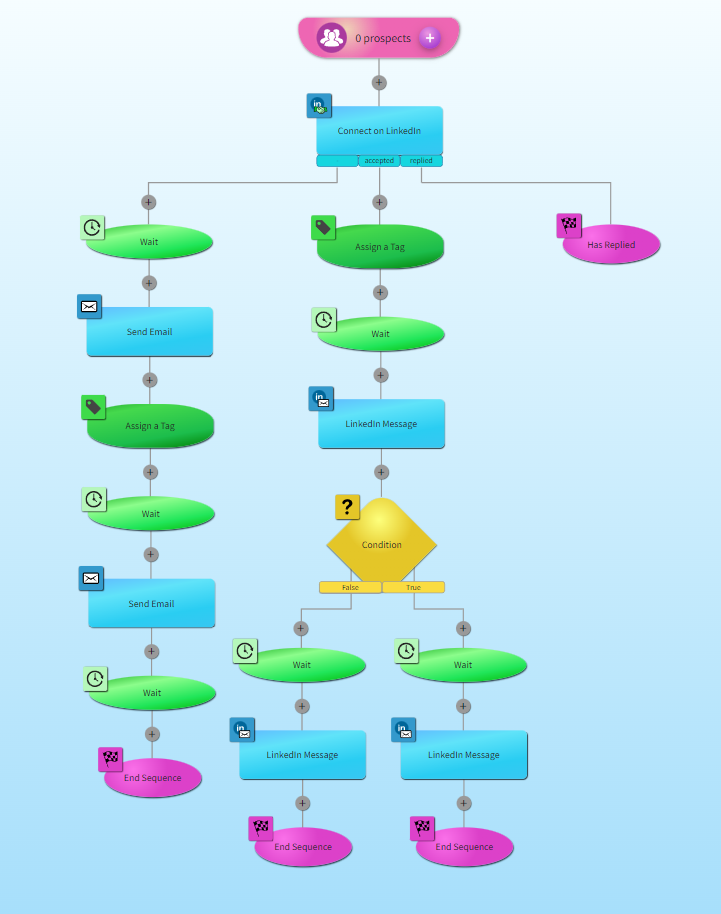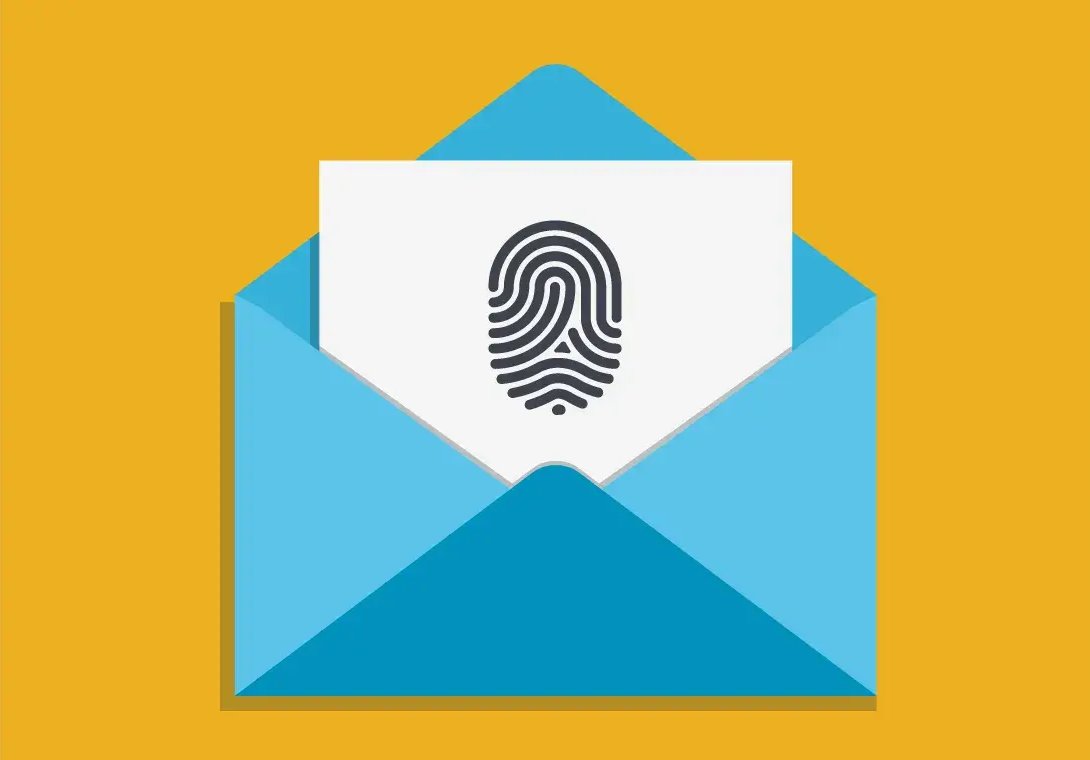This is how and why you should Segment Your Email List
Boost your conversion rate
In the past, it was sufficient to have a list of leads containing only their names, current company, and job title.
Marketers or Recruiters would then send out a generic template message saying something like:
"Hi {firstname}, we provide a service that could be useful to {yourCompany}."
However, nowadays, this approach is so basic that it could be often considered spam. A much higher level of targeting and personalization is required.
A crucial aspect is to have a carefully filtered and cleaned list of prospects, and the messages sent to them should be highly tailored. Ideally, each individual should receive their own personalized and relevant message, creating a sense of personal connection.
This process begins with detailed segmentation of your email list. In many cases, having comprehensive information about your leads, including their career history and skills, is invaluable. This enables you to distinguish between junior and senior professionals, identify whether the lead works in a large company or a startup, or determine if they are a solopreneur. Such insights help to craft messages that resonate with each recipient on a more personal level.
In this regard, Yates Jarvis (LinkedIn), a founder of 2 Visions, an e-commerce marketing consultancy agency, provides the expert insight: "Embracing solutions such as Jobin.cloud's AI-driven approach offers businesses a quantum leap forward, not just in managing digital sales, but in rewriting the playbook on customer engagement and conversion strategies. It's the bridge between traditional methods and future success, ensuring that companies are not just participants in the digital marketplace, but leaders shaping its evolution.
But let’s go step-by-step into the process of lead list segmentation:
Gather a well-targeted Lead list
The first crucial step is to develop a comprehensive understanding of your Ideal Customer Profile (ICP) by delving into as many details as possible. Typically, there are two scenarios to consider:
1. If your list of leads was generated through a lead magnet or if it consists of subscribers to your newsletter, the target audience may be the same in terms of interests. However, they might not exhibit the same level of similarity when it comes to their professional circumstances.
2. Alternatively, you may actively search for your ICP, such as conducting a targeted LinkedIn search. In this case, you establish well-defined criteria like role title, seniority level, location, or other filters. Although this approach ensures similarity based on the specified criteria, it lacks awareness of the potential interest in your offerings.
Your lead list must be further analyzed and reviewed. Regardless of the scenario, utilizing a tool like Jobin.cloud proves beneficial in enriching the profile information of each lead. It creates an environment where you can bridge any knowledge gaps concerning your leads. Notably, this tool enables you to tag, add notes, define stages, filter, and rank your list of leads and prospects, ensuring efficient management and organization.

Define a prospect pipeline
To effectively segment your list, begin by categorizing leads based on their awareness levels, (or willingness to change job in case of recruiting) and how well they align with your defined requirements outlined in your Ideal Customer Profile (ICP).
One way to streamline this process is by establishing a pipeline consisting of multiple stages.
You will put your prospect in stages that for example could be like “active lead” for people already aware of the service you are offering that made a move, “passive lead” for people you found interesting but completely unaware of your offering. Then, many additional stages could be useful to set up your pipeline according to your specific business circumstances.
Initially, assign your leads to the first stage within your customized pipeline. Gradually, you can progress your leads through the stages or, if they do not meet the necessary criteria, remove them from both the pipeline and your outreach campaign.
As you understood, each stage requires specific messages and ways of communicating.
Start a messaging sequence to test their interest and fitting
Optimize your outreach efforts and minimize manual intervention by leveraging automated systems to manage a fulfilling messaging sequence campaign. It is highly beneficial to utilize multiple channels and conditional checks to take different paths according to different behaviour or different circumstances, for example a specific tag that you have used on one of your prospect make it use a specific message instead of another.
This level of automation and control gives superior effectiveness to your messaging campaign. Enabling such functionalities with a tool like Jobin.cloud could be a valid support for your outreach activities.
Additionally, automating the segmentation process to assign leads to the appropriate pipeline stages as accurately as possible and eventually assigning opportune tags, can save valuable time and reach high levels of precise targeting, time that can be allocated to more critical tasks instead of data management.
Implementing this process is crucial as it enables the creation of sub-groups consisting of highly homogeneous prospects. Each sub-group requires a unique approach and a high level of personalization, which ultimately leads to increased awareness and interest in your services. This approach establishes a well-structured pipeline of leads, enhancing your overall outreach effectiveness.

Personalization
By segmenting your email lists, you can deliver customized content to various groups of subscribers based on criteria like the following:
- Role and level of responsibility
- Company type (size, industry sector, etc.)
- Interests
- Preferences
- Behaviors
- Response to previous messages
Implementing these segments leads to the creation of highly relevant and personalized emails, which significantly enhance the likelihood of engagement and conversion.
Higher Open Rates
When you properly segment your email list, you can craft
- Subject lines
- Intro paragraphs
- Body texts
- Conclusions
- Call to action
That is specifically targeted to each segment and perfectly resonate with each prospect individually.
Ultimately this is resulting in higher open rates as recipients of your messages are more likely to open and respond to emails that feel relevant to them.
Reduced Rejections
Sending irrelevant emails to your entire list can have negative consequences, including:
- Decreased engagement levels
- Higher rates of unsubscribes
- Being reported as a spammer
To mitigate these issues, it is essential to segment your list and tailor your messaging for each prospect. This enables you to deliver more targeted content, thereby reducing the rejection rate. Proper segmentation also involves removing poorly fitting prospects from your list. This ensures that you avoid contacting individuals who are less relevant and prevents bothering them with content that may not be of interest to them.
Improved Deliverability
Email service providers rely on engagement metrics such as Open rates and Click-through rates to assess the effectiveness of emails. Platforms like GMail, Outlook, and others are continuously improving their ability to detect engagement levels.
By sending targeted content to segmented lists, you can enhance these engagement metrics. This, in turn, can have a positive impact on your email deliverability and domain reputation.
Higher Conversion Rates
Personalizing your email messages for specific segments of your email list holds the key to optimizing your email campaigns and achieving higher conversion rates. By tailoring your content, you can create targeted offers, promotions, and compelling calls to action that ultimately drive increased revenue for your business.
When you send tailored messages, you address the unique needs, preferences, and pain points of each segment, capturing their attention and motivating them to take action.
Conclusion
By implementing these strategies and sending tailored messages to specific segments, you can optimize your email campaigns, resulting in higher conversions and ultimately driving greater revenue for your business.
The power of personalization lies in the capability to carefully distinguish different types of prospects and consequently your ability to engage recipients on a deeper level, delivering relevant and valuable content that prompts them to take the desired actions.
These operations could become an overwhelming task if done without the help of an automation tool able to manage the full process. Fortunately, such tools are available, affordable and in continuous evolution one of them is Jobin.cloud and it also supports message composition and personalization using an internal chatGPT integration.



